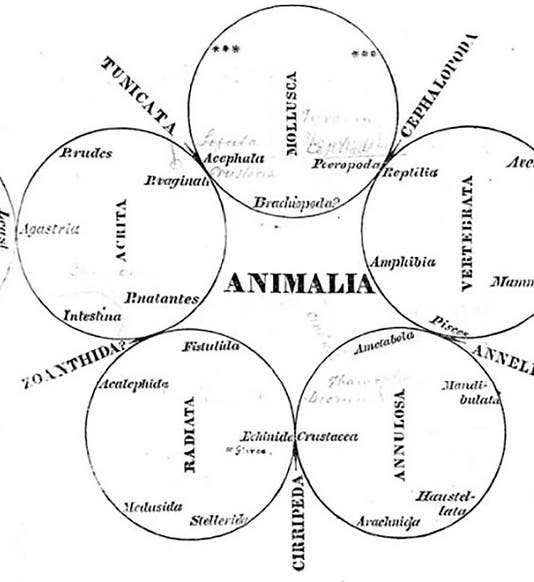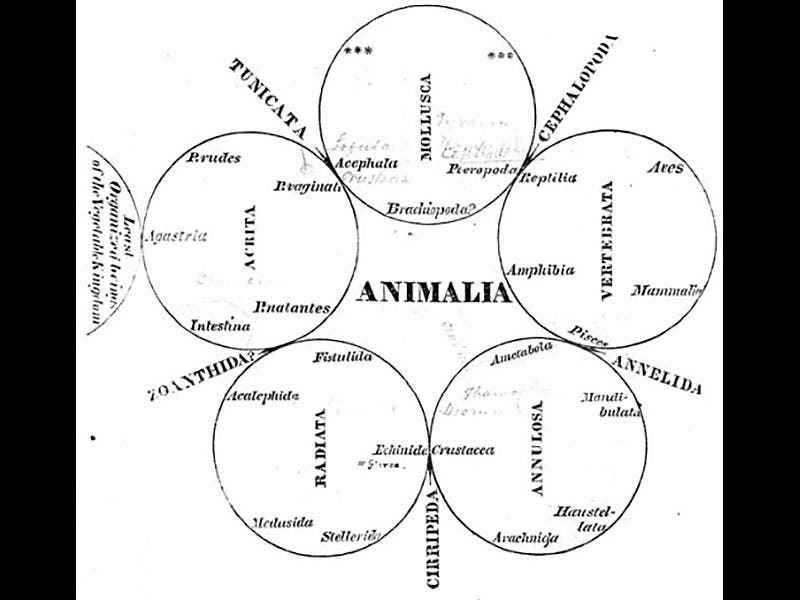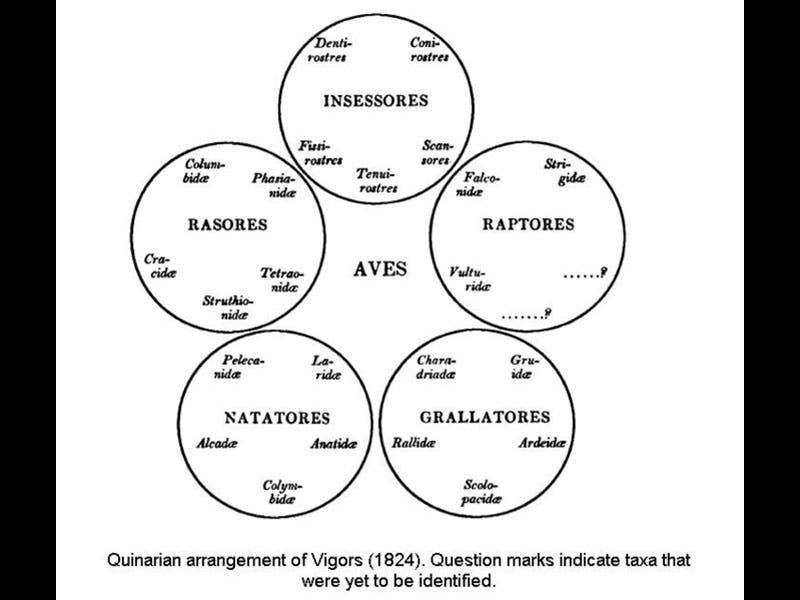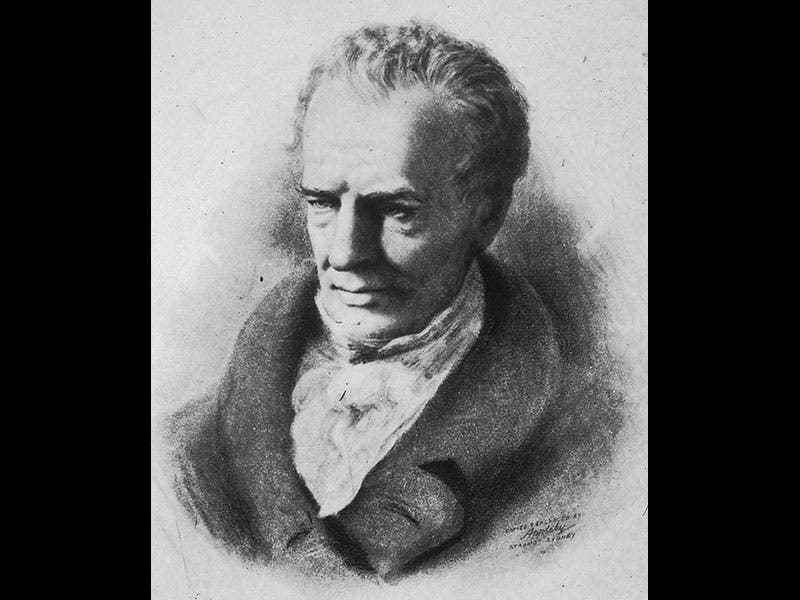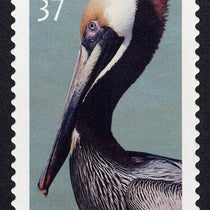Scientist of the Day - William Sharp Macleay
William Sharp Macleay, an English naturalist, was born July 21, 1792. Around 1820, Macleay proposed a classification system (a taxonomy) that was quite popular for about three decades. Macleay thought that nature was arranged in patterns of five. So there were 5 classes of animals in the natural world (first image). Each class, such as birds, was comprised of 5 orders, and each of these orders contains 5 families, etc. What made the quinarian system, as it was called, distinctive was its method of graphic display. Macleay would depict the five orders of birds as five circles, arranged in a larger circle with each smaller circle just touching. The five families would then be distributed around each of the five small circles. Where a family on one circle touched a family on another, there was judged to be an affinity. Families that were in corresponding spots in different orders were said to have be analogous.
If all this sounds very mysterious, just take a peek at our second image, and you will see why graphical display can often be greatly superior to verbal description. Macleay first presented the quinarian system in his Horae Entomologicae (1819-21), and it was quickly championed by a number of British naturalists, especially Nicholas Vigors and William Swainson. But the method was soon criticized by others as artificial, and then Darwin killed it off for good with his proposal of evolutionary descent.
We have been trying to acquire a copy of the Horae Entomologicae for many years now, but it seldom comes on the market. Even images from it are difficult to find online—the quinarian graphics above come from later works by Vigors and Swainson. We shall continue searching. But we don't have much hope for this year, 2017, since it is not evenly divisible by five. 2020 sounds more promising
Macleay emigrated to Australia in 1839 and lived out the rest of his life there. The only known portrait of Macleay is in the Mitchell Library in New South Wales.
Dr. William B. Ashworth, Jr., Consultant for the History of Science, Linda Hall Library and Associate Professor, Department of History, University of Missouri-Kansas City. Comments or corrections are welcome; please direct to ashworthw@umkc.edu.

